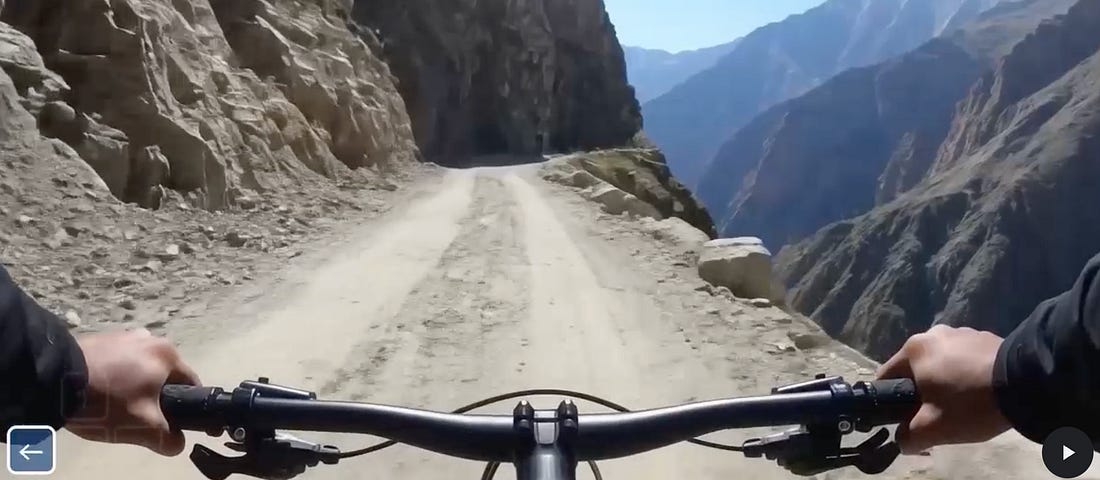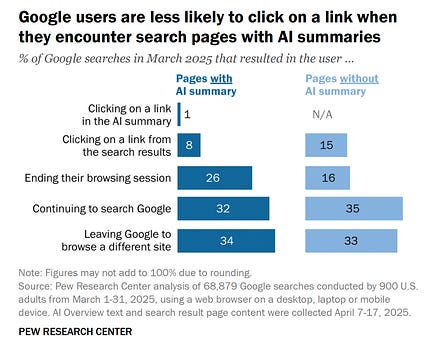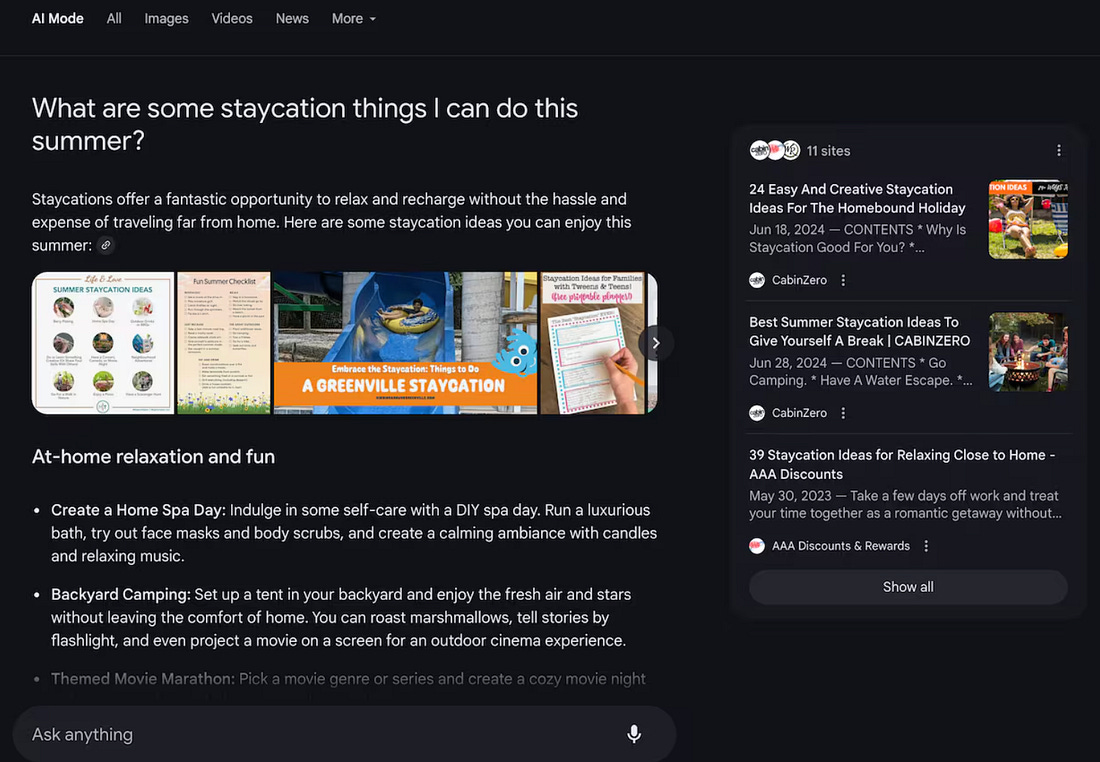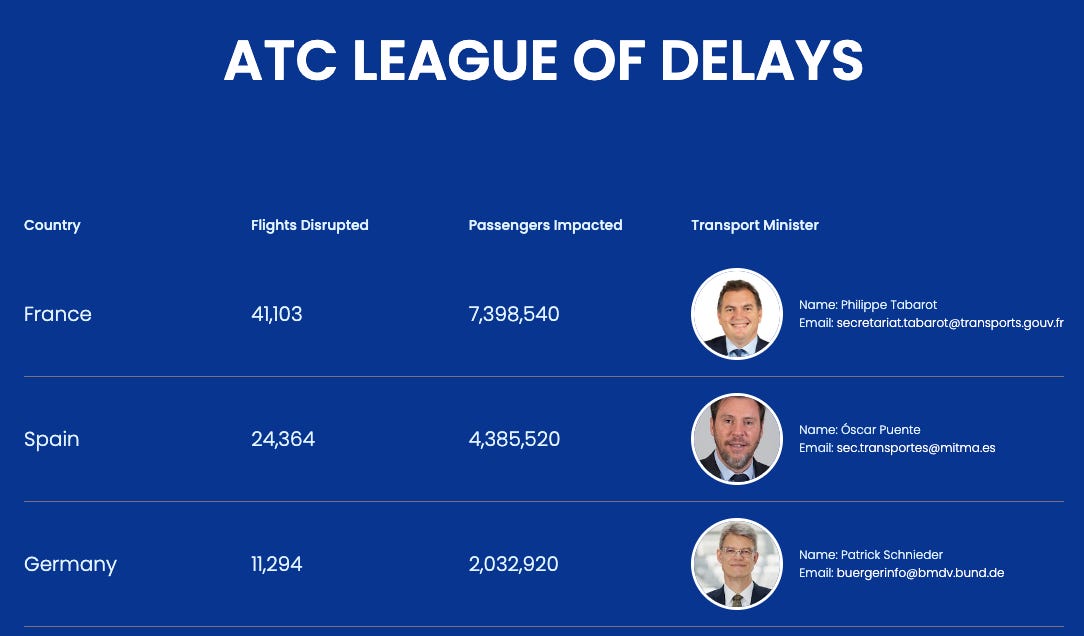Travel Tech Essentialist #181: Intent
- Mauricio | Travel Tech Essentialist <traveltechessentialist@substack.com>
- Hidden Recipient <hidden@emailshot.io>
A few stories in this issue circle around intent. We’re shifting from static inputs to dynamic signals, and it’s becoming clear that attention isn’t enough. Intent is what moves the needle. If attention was hard, deciphering intent is the next level. Special thanks to Zoftify for sponsoring this edition of the newsletter:
1. Real-time world generation just got realGoogle DeepMind just unveiled Genie 3, a significant leap in AI-generated environments. It can create richly detailed, navigable worlds in real time from a text prompt, like “a rainy street in Venice”, “hiking the Himalayas”, or “flying a helicopter over coastal cliffs”. Then it lets you interact inside them at 24 fps with surprising consistency. Genie could become a foundation for next-gen trip planning, training, and storytelling. You could simulate a destination, navigate routes, test hospitality workflows, and train agents, all inside rich, synthetic environments. It’s not yet production-ready, but it shows where spatial computing, embodied AI, and content generation are headed. This is what building for the next interface might look like.
2. AI summaries are killing the clickNew data from Pew confirms that when Google shows an AI-generated summary, users are far less likely to click through. Across 900 tracked users, link clicks dropped from 15% to 8% when an AI summary appeared; clicks on the summary’s cited sources happened just 1% of the time. More users also ended their session entirely after seeing an AI overview. The most common sources were Wikipedia, Reddit, and YouTube. Overall, about one in five Google searches now includes an AI summary. Most summaries (88%) cite three or more sources, but those sources get very little traffic. Mention ≠ click. According to Propellic founder Brennen Bliss, AI summaries show up way more often than one in five for top-of-funnel searches like “best places to visit in winter.” Destination content is being scraped and summarized and traffic is dropping. Brennen is seeing smart travel marketers shift their strategy in three ways: 3. From layout to intentEric Schmidt believes traditional user interfaces are on their way out. The WIMP model (Windows, Icons, Menus, Pull-downs) was designed 50 years ago in Xerox PARC. In the age of AI agents, interfaces won’t be fixed; they’ll be generated on the fly, shaped by user intent rather than static design.
4 Google Ads enters AI modeGoogle is preparing to scale ads within its conversational AI search experience, marking a fundamental shift from keyword-based targeting to contextual conversation targeting. Google is briefing agencies and brands on how ads in AI Mode will function, targeting ads based not just on a user's query but on the entire context of the AI conversation. With over 100 million users already engaging in AI Mode and ads set to expand before Q4 of this year, travel brands that optimize for full conversation context, not just keywords, will be better positioned to reach high-intent travelers. Read + Search Engine Land
5. The art of the pitchI came across this breakdown of Vinod Khosla's approach to pitch decks. His core principle is that you have to maximize the message-to-ink ratio. Every pixel must earn its place. Anything that weakens the story belongs in the appendix or the trash. A few of his rules:
6. What Y Combinator wants nextYC just released its Fall 2025 request for startups, and it’s a clear signal of where early-stage interest is heading. The focus is on startups that treat AI as a foundation. A few themes that stand out:
7. Ryanair’s public callout on air traffic delaysRyanair published a “League of Delays,” ranking the worst air traffic control systems in Europe. The airline says ATC delays are getting worse despite fewer flights than before the pandemic, and blames mismanagement by the EU Commission and national Transport Ministers. Read + Ryanair The airline says delays are getting worse despite fewer flights than pre-pandemic, and the tone is pure Ryanair, but the frustration isn’t just theirs. Delays don’t just inconvenience travelers; they disrupt schedules, drive up costs, and mess with everything downstream. If you’re building anything that touches real-world logistics, especially in air travel, treat infrastructure as a risky variable, particularly in Europe. You can design the perfect trip, but if the plane can’t take off on time, the whole thing falls apart.
8. Earn your way to automationGreg Isenberg shared a practical AI startup playbook. No fundraising. No hype. Just real pain, handled manually at first, then replaced with AI. He calls it the “leveraged agency” model:
It’s not flashy, but it’s a clear path to $1–5M ARR without venture capital. And for travel, it’s especially relevant: so much of the industry runs on repetitive workflows, human bottlenecks, and legacy backends. If you're hunting for startup ideas, you might be able to forget the pitch deck. Find the pain, do it yourself, then automate. Many of the AI-native winners will be “workflow-first”, not always "product-first".
9. How United picks its next “White Lotus” routeGood WSJ profile on Patrick Quayle, the exec behind United’s network strategy. In the past year, they’ve launched routes to Ulaanbaatar (Mongolia), Nuuk (Greenland), and Palma de Mallorca…offbeat but intentional moves based on a mix of demand data, credit card spend, and what’s trending on Instagram. The team tracks content signals (like the “White Lotus” bump for Thailand) alongside 10-year fleet plans. Read + WSJ 10. Stay22 keeps climbingIn my April deep dive on Stay22, I noted the company closed 2024 with $500M in GMV and 3,192 affiliate partners. Just three months later, they’ve reported $372M GMV in the first half of 2025, with transactions up 187% year over year. Their affiliate network has grown 40% to 4,458 partners. They’ve also rolled out new tools like Script Builder and Map Button, expanded into Asia with Agoda via Vio, partnered with Riot Games, Phocuswright, and Travel Massive, and grown their team by 50%. Stay22 is increasingly becoming an important element of the infrastructure powering travel’s creator economy. Travel Tech Essentialist Job Board→ Explore all 1,336 open roles on the Travel Tech Essentialist Job Board now.
📩 For monthly updates on the latest roles, subscribe to the Travel Tech Jobs newsletter Raising a round?If you are a startup looking to raise a round (from pre-seed to Series D), I can help (for free). Travel Investor Network is a private platform where I recommend innovative travel startups to investors and innovators. If you’re interested, please start by completing this form. If you like Travel Tech Essentialist, please consider sharing it with your friends or colleagues. If you’re not yet subscribed, join us here: And, as always, thanks for trusting me with your inbox. Mauricio Prieto |
Similar newsletters
There are other similar shared emails that you might be interested in:








